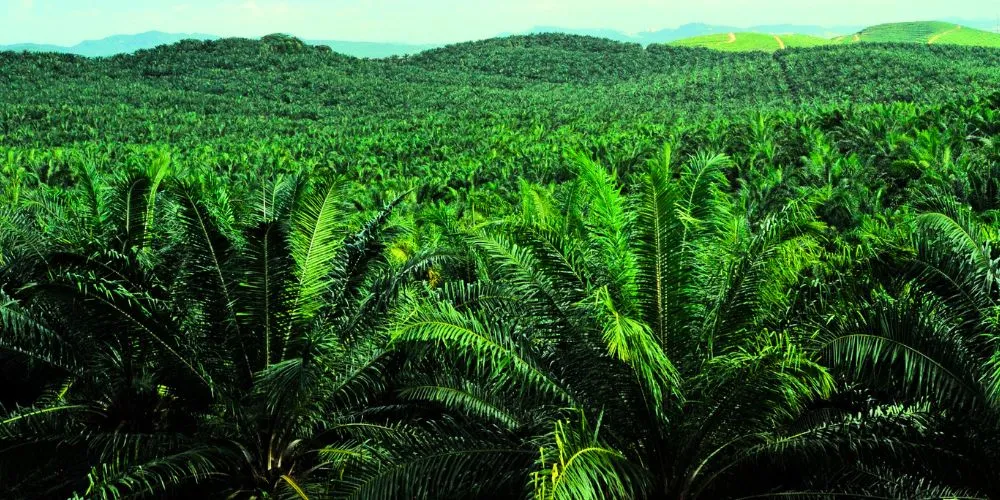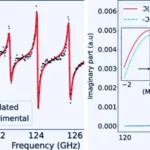Key Points
- Establishing tree islands in oil palm plantations boosts native biodiversity through natural regeneration.
- Many planted trees grew over 15 meters tall and began fruiting within six years. Endemic species thrived, while alien species comprised only 10% of regeneration.
- Larger tree islands (over 400 m²) support endemic species. Starting with diverse native species enhances ecological strategies.
- Restored areas lag behind undisturbed forests, stressing the need to protect remaining patches.
A research team led by Göttingen University, in collaboration with IPB University and Jambi University in Indonesia, has explored innovative restoration strategies to enhance biodiversity in oil palm-dominated landscapes in Sumatra. Their findings, published in Science, demonstrate that establishing islands of trees within vast oil palm monocultures can significantly accelerate the recovery of native tree diversity through natural regeneration.
The study, part of a long-term experiment, involved planting 52 tree islands of varying sizes and species diversity in a conventional oil palm plantation. Within six years, many planted trees had grown over 15 meters tall and begun fruiting. Importantly, native species, including those endemic to the Sundaland region, thrived. In contrast, alien species, meaning those not native to the study region, accounted for only 10% of natural regeneration in the restored areas.
The researchers noted that larger tree islands—those over 400 m²—were particularly effective in supporting native and endemic species that struggle to establish themselves in typical oil palm plantations. Dr. Gustavo Paterno, the study’s lead author, emphasized that increasing the size of these restoration areas results in a substantial rise in biodiversity.
Starting with a diverse range of native tree species further enriched ecological plant strategies, creating a more functionally diverse ecosystem. Professor Holger Kreft, Head of Göttingen University’s Biodiversity, Macroecology, and Biogeography research group, highlighted that tree islands offer a transformative potential, turning biodiversity-poor agricultural lands into thriving ecosystems.
Despite these promising outcomes, the researchers cautioned that restored areas fell short of the biodiversity levels found in undisturbed forests, underlining the critical need to protect remaining forest patches. This work was supported by the German Research Foundation under the Collaborative Research Centre “EFForTS.”










